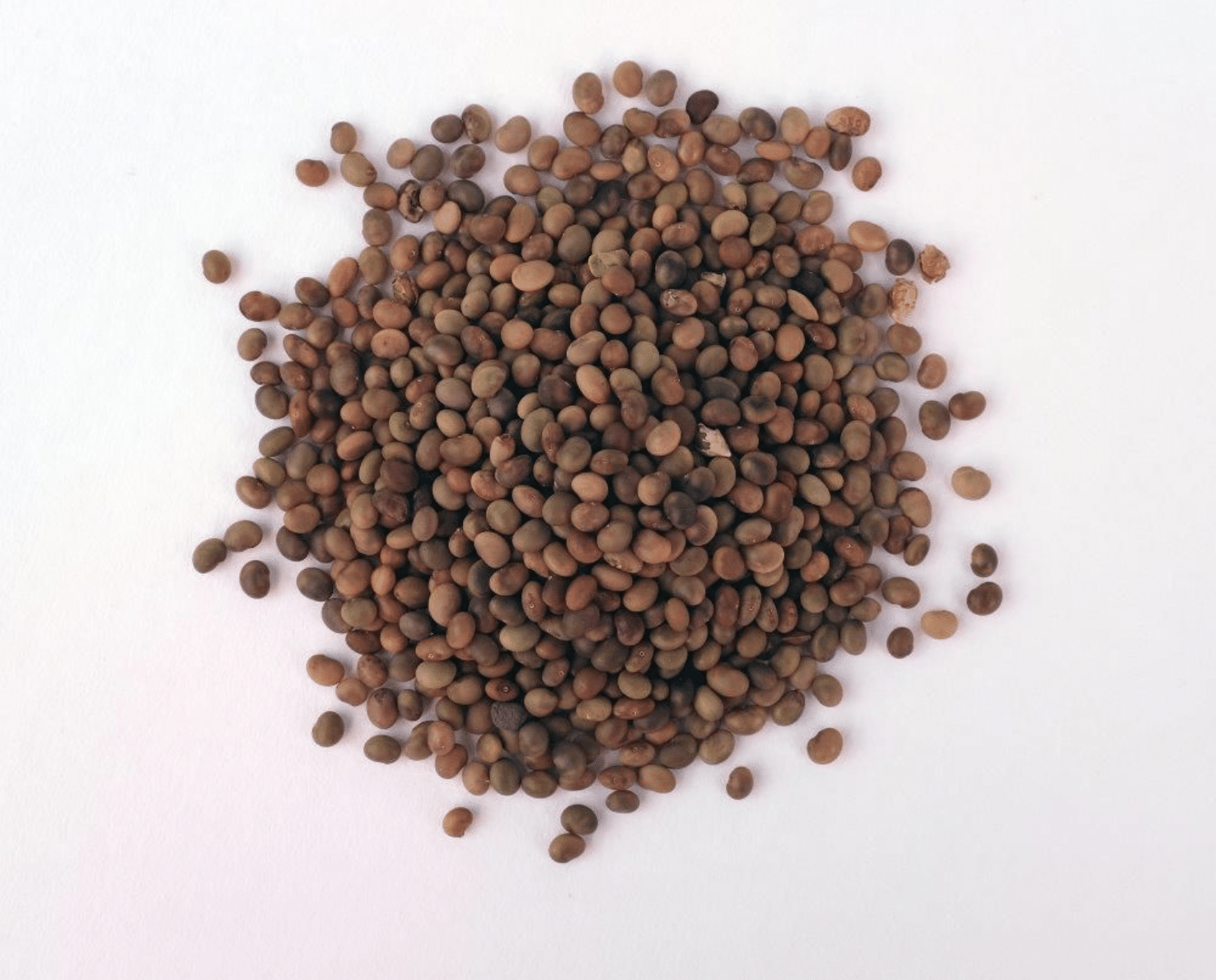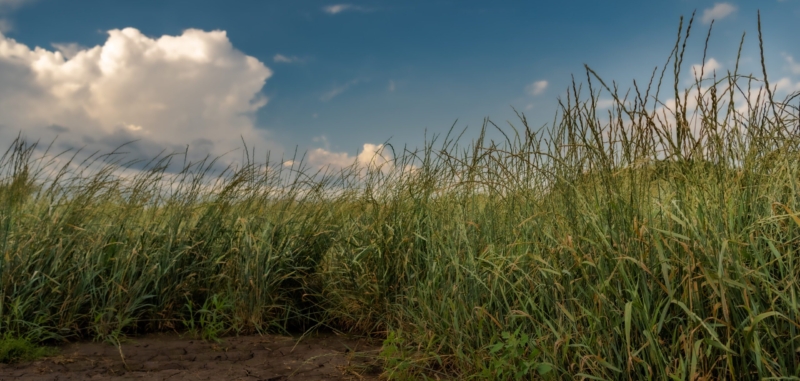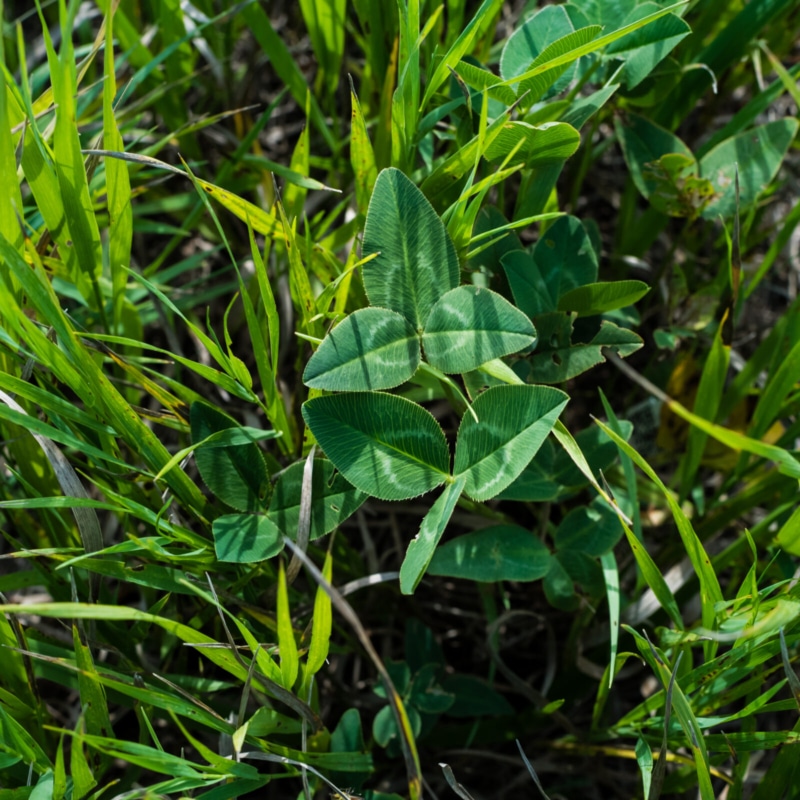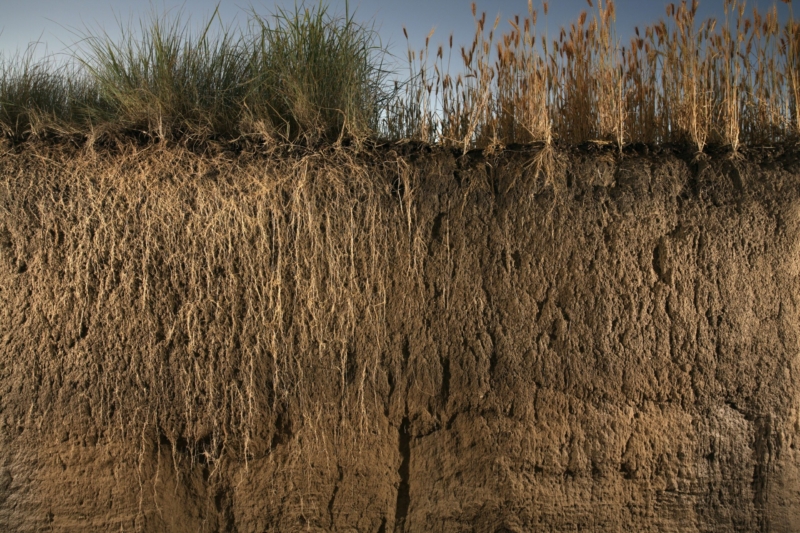New research documents the effect of sainfoin, a perennial legume undergoing domestication at The Land Institute to develop a perennial pulse crop for human consumption), seeds on rats to further confirm their safety for human diets as the pulse continues to move closer to inclusion in food markets.
Sainfoin species (Onobrychis spp.) have been employed for centuries as an essential forage for ruminant animals, both for grazing and as hay. The seeds produced by sainfoin have also been investigated as an animal feed source and were indicated to be a particularly protein-rich supplement for monogastric animals. This study explores the effects of two sainfoin seed inclusion rates in rat diets compared to a control diet, focusing on blood biochemical parameters and a comprehensive histopathological evaluation of multiple organ systems. Thus, we provide a novel contribution to the body of evidence investigating sainfoin seeds as a protein supplement in monogastric animal diets. In this 21-day experiment, seven rats each were assigned to the control group, a 5% sainfoin seed group, and a 10% sainfoin seed group. The control group received standard feed and water; the second group received feed with 5% sainfoin seeds; and the third group received feed with 10% sainfoin seeds. At the experiment’s end, necropsies and evaluations were conducted. Histopathological exams revealed normal organ structures in all 21 samples, regardless of the group. Blood analysis showed statistically significant decreases in creatine, ALT, P, Ca, and Mg levels in the sainfoin seed groups compared to the control group, with most values nearing reference levels, suggesting potential benefits. Notably, no adverse effects were observed when sainfoin seeds were included at 5% and 10% in the rat feed. These findings contribute to a growing body of research investigating the inclusion of sainfoin seeds in monogastric animal diets, which is a foundational component of assessing sainfoin’s potential as a novel pulse crop for human consumption.














